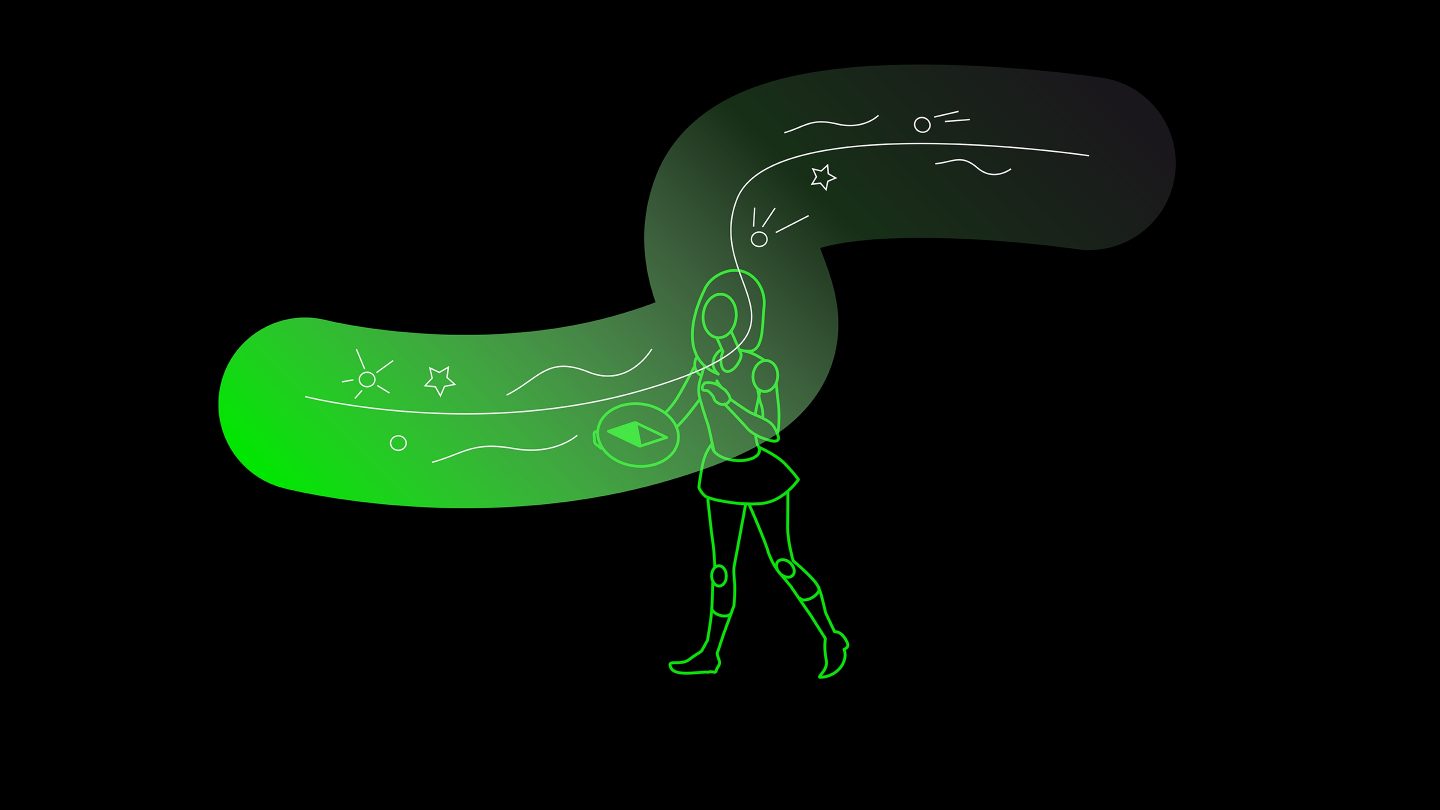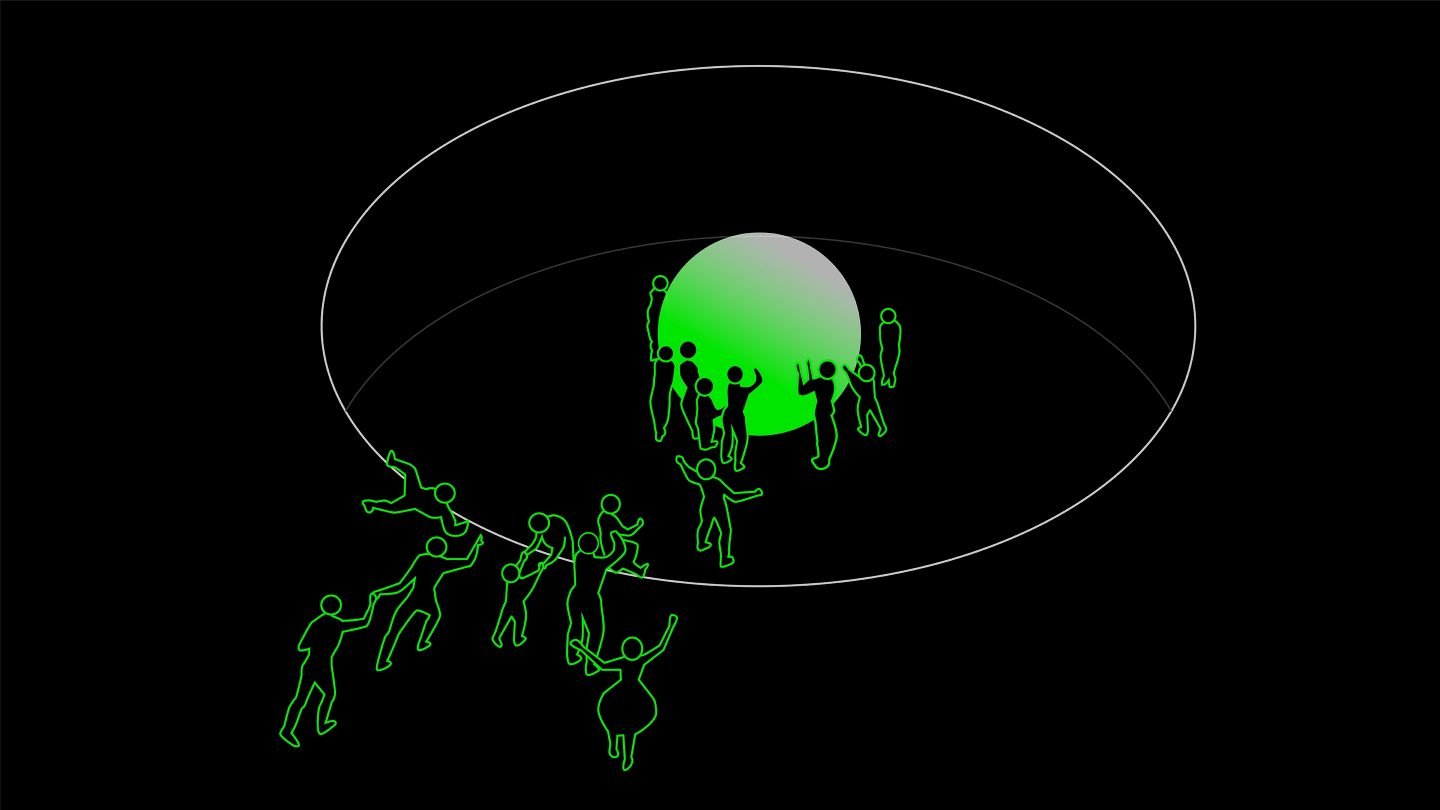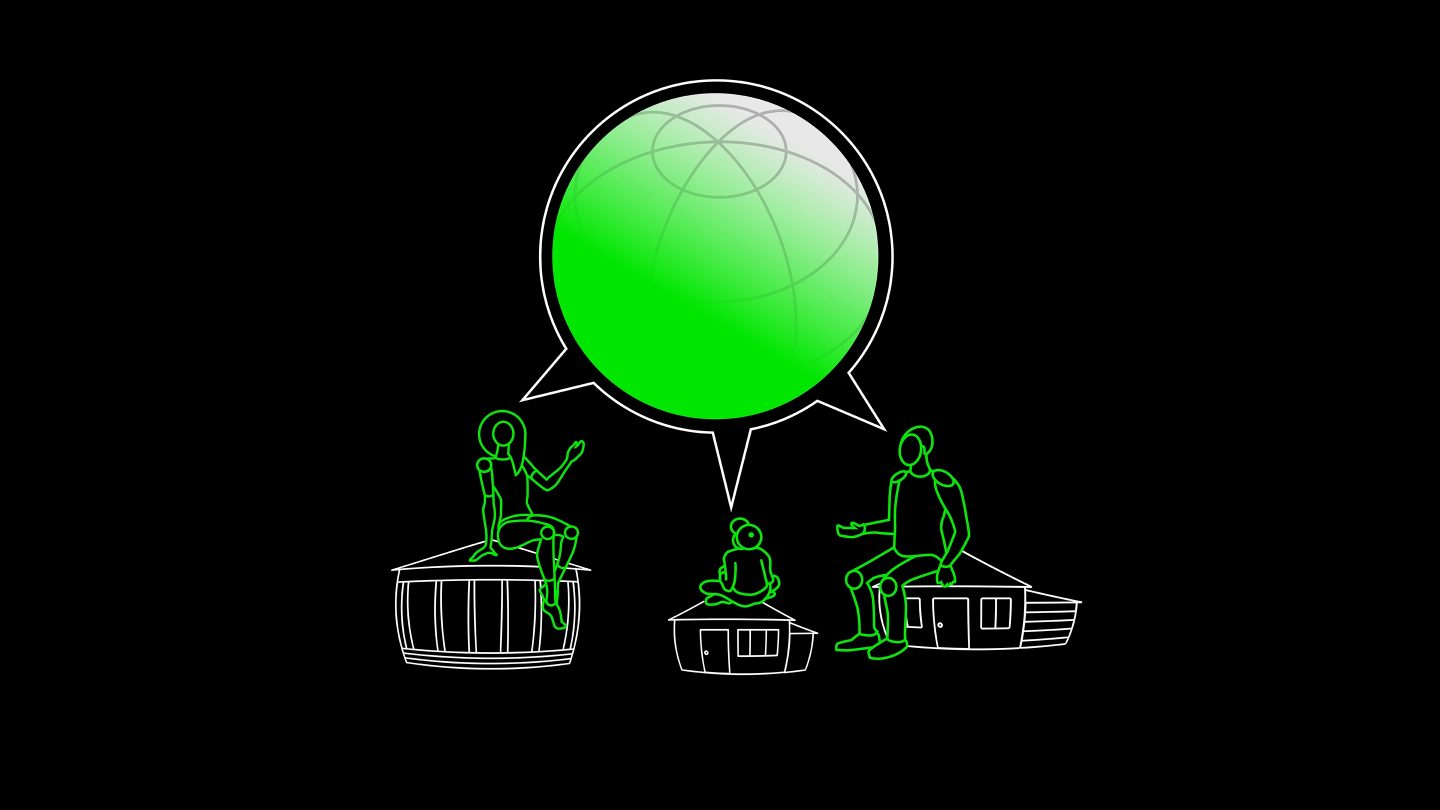Transforming the exhibition experience in museums and brandworlds
Since the begin of the pandemic, museums and exhibitions have been in the throes of transformation. Presentations and offers have been successfully digitalised and made accessible. With the approaching reopening, museums and their audiences will be finally coming together again in true encounters: the genuine visitor experience that both sides have been longing for!
But people have changed: They will be bringing new distance-based habits, experiences, and fear of contact with them. Museums and corporate exhibitions must respond empathetically to these changes. In addition, people have made a huge leap in digital competence. On one hand, this results in the need for the transformation of museums - on the other, there are things that will never change and are now appreciated more than ever: the immersive effect of notable spaces, the aura of the original. What will certainly increase: People want to interact, with each other and with the museum. This gives us the chance to create unique and unforgettable experiences in real spaces - no matter if they are individual or shared visitor journeys.
Experience the Transformation
Museums have an invaluable advantage over all other communication channels: they are visited with a purpose, entered consciously, and visitors freely entrust the museum with their time, their interest and their attention: What an opportunity!
Space, time, content, contact, learning need to be designed: Experience and conveyance – that´s what "spatial communication" is all about. Participation, interaction, dialog, the desire to know, the appreciation of the subject: these are the power of museums and brand worlds – this is how sustainable conscious and emotional relationships can be forged. The pandemic has disrupted these sustainable visitor experiences and will continue to visibly impact them in the near future: Distance rules and hygiene measures will eventually be scaled back – to what degree remains an open question – but will be omnipresent as formative „Angst“ experiences.
The enormous increase in digital literacy brought about by the pandemic means that visitors will become even more demanding about museums' digital equipment. This is not about technological ends in themselves, but about the museums' ability to engage in dialog. It's about their willingness to enable genuine participation and also to extend the visit and the dialog with the visitors far beyond the actual visit.
And we predict another effect: People have learned to act digitally, even as a group. In the future, individual visitors will not only play a greater role as responsible individuals, but also as an active part of a larger whole, as part of a community. Museums will need to expand their community with the help of digital interfaces. Being close to visitors and being innovative can create new opportunities as well as new formats for dialog and encounters. Skillful storytelling can optimally dovetail learning and experience - whereby the story must go far beyond the visit. This generates new holistic experiences that involve everyone individually, collectively, actively and locally. In the following scenarios, we explain these forecasts and show promising theses and potentials.
Intensify the individual experience
Thesis: Visitors will confidently establish their individual exhibition experience in their own flow. Emotional moments and intensive learning experiences will shape their concentrated engagement with the exhibited topics.
In corona-compliant spaces, the personal visitor journey will intensify: Visitors will decide even more consciously and purposefully to visit the museum, but in return they will also expect more freedom to achieve a lasting impact of what is shown to them and then reflect on it individually. Do people prefer to be active or passive? People were challenged for more than a year in terms of autonomy, independence, responsibility, activity, discipline. How does this affect their needs in exhibition experiences? Just as there are different types of active and passive visitors, the expectations will go both ways. In addition to space for activity, they will want to be passive, to momentarily stop thinking, and to be enchanted and enthralled. In moments of inner peace, they will recognize their own limits of receptivity and accordingly consciously use breaks. They will particularly appreciate the "space for time" designed for them.
Potential: The visitor journeys and so the guidance systems and guides will become much more adaptive to the needs of the individuals. In dialog and/or with the help of (digital) companions, applications and intelligent guidance systems, guided and thus plannable but always unique visitor experiences can be generated.
create Collective experiences – Strengthen the sense of community
Thesis: Targeted exhibition formats for small groups will awaken team spirit, foster a sense of community – even in chance encounters – and create bonding memories.
Collective experiences in exhibition spaces open up surprising shifts in perspective and generate new learning experiences. In the post-Corona era, these group experiences will strengthen social cohesion within diverse groups and make it tangible for everyone present. The power of the group will gain importance and result in small projects that can be designed together, as well as collective spatial experiences and interaction. It will not matter whether the group knew each other from the beginning or met by chance. Cooperatively, they will conquer and experience immersive spaces that are even more strongly linked to content or concrete questions.
Potential: Thanks to new formats for collective experiences and conscious use of storytelling, new groups of visitors can be reached in a targeted manner, exchange, dialog and discourse can be promoted, and the value of togetherness can be learned and experienced – an important social aspect in times of increasing polarization.
Let the audience co-create
Thesis: In a fluid process, visitors and staff become an active part of interventions and self-participation, evolving them into impulse generators and co-creators of the experience.
After the lockdowns, it will become even more important to create museums as safe, but also lively, adjusting places that allow such interventions and generate spaces of possibility. Space is used for communal purposes and serves the cause. Activity will become a given. But not only the visitors are activated in their actions, the staff will also become lively companions and impulse generators. The link with the virtual space adds infinitely to the dialog, the shared experience is virtually enriched and will linger in communities way beyond the visit.
Potential: Visitors get creative and so themselves become curators and co-creators. They make the museum or exhibition space their own. Visitors can grow with this place in the sense of lifelong learning, be close to it over generations and leave their own traces. Museums recognize the value of user-generated content.
Think global, experience local
Thesis: Museums and science centers are increasingly experienced as "third places", and become local identification spaces as well as the starting point for worldwide networking.
The spirit of a museum reveals the amazing development potentials of the institution: The place and its people create connectedness, strengthen local roots and offer space for community, for exchange with others with a similar range of interests as well as for active participation in locally influenced topics. The pandemic has shown that exhibition venues cannot rely on tourism. It will be increasingly a matter of making institutions attractive to the city and region and, in the best case, turning them into places of identification. Physical and virtual homelands will be increasingly interlinked in this process, enabling intensive and authentic experiences on all channels.
Potential: Hybrid formats and community platforms mean that museums can be experienced more intensively not only from home, but also on site: While diverse encounter, exchange, and conveyance formats can be used individually and across regional borders in the digital space, the real space is perceived even more intensively when collectively.
By transforming the visitor experience, exhibition venues can leverage enormous potential: for themselves, for people, for the places where they are located, and for the impact of their contribution to society.






